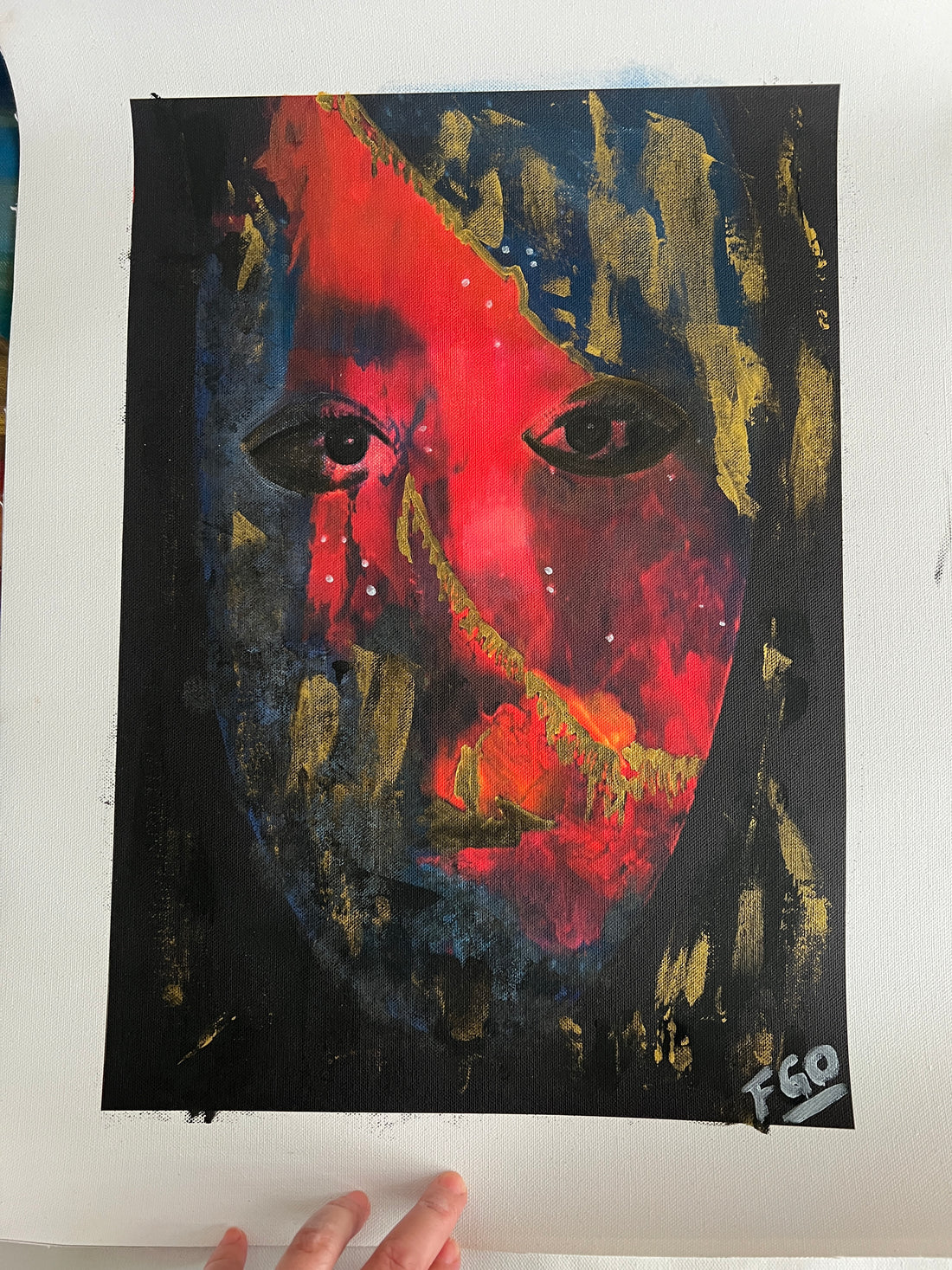Art has been an intrinsic expression of humanity, but recognition and equal opportunities in this field have long eluded women. Throughout art history, women have faced significant obstacles to being recognized as professionals in various artistic disciplines.
In the field of painting, women faced the difficulty of accessing formal artistic training and gender discrimination in academies and art salons. They were often only considered suitable for “feminine” subjects such as portraits, still lifes or domestic scenes, relegating them to the background compared to their male counterparts.
In sculpture, women also fought against the long-held perception that it was exclusively a male field. Although some stood out, such as Camille Claudel, they faced devaluation of their work and were often associated more with muses or models than with artists in their own right.
In the photograph, women encountered a double barrier. In its beginnings, photography was considered a discipline reserved for men due to its technical nature and its cost, which was only accessible to the wealthy. In addition to facing these practical limitations, women also faced entrenched gender stereotypes that excluded them from the world of fine art photography.
In music and dance, women faced similar barriers, with traditionally defined roles limiting their participation in composition, performance, and choreography. Although some managed to stand out, such as Clara Schumann or Isadora Duncan, they faced inequalities of opportunity and were often looked down upon compared to their male colleagues.
Despite these challenges, women have defied expectations and left an indelible mark on the art world. From Frida Kahlo and Georgia O'Keeffe to Cindy Sherman and Marina Abramović, women have demonstrated extraordinary creativity and artistic vision, challenging the boundaries of perception and representation.
However, the art industry still has a long way to go in terms of gender equality. Too often, women are valued solely as consumers or objects to be portrayed rather than being recognized as creators in their own right. It is crucial to promote greater inclusion and representation of women in all areas of art, from education and criticism to the market and institutions.
It is important to recognize the intersectionality of gender and social class in the art world. Women from humble, middle or lower class backgrounds often face significant difficulties in being recognized for their work. Those born into privilege or wealth tend to have greater visibility and opportunities, highlighting the systemic inequalities that persist within the art world.
Ultimately, art reflects the society in which it is created, and only through the full inclusion of women's voices and perspectives can we achieve true equality in this vital and diverse field.
